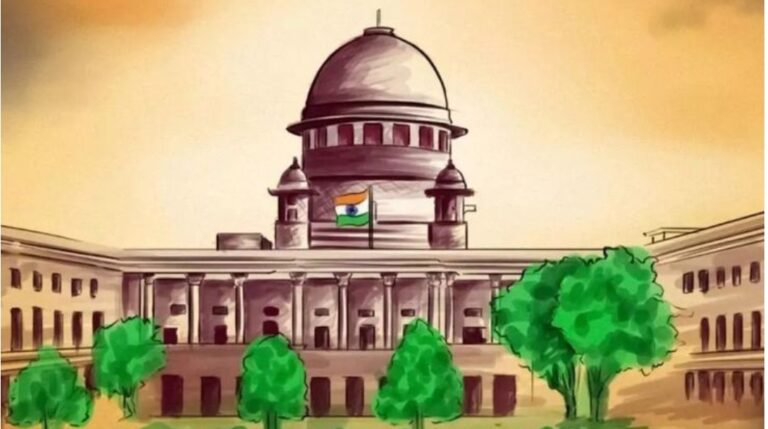The Supreme Court of India, in a significant ruling on 26 August 2025, has directed the Directorate General of Foreign Trade (DGFT) and the Central Board of Indirect Taxes and Customs (CBIC) to upgrade and align their technology systems so that genuine exporters are not deprived of benefits under export incentive schemes due to minor clerical or procedural errors. The Court emphasized that beneficial schemes like the Merchandise Exports from India Scheme (MEIS) must be interpreted liberally, and inadvertent mistakes that have been duly rectified through legal provisions cannot be allowed to frustrate the substantive rights of exporters.
Case Background & Issue
- The case involved M/s Shah Nanji Nagsi Exports Pvt. Ltd. vs. Union of India and others. The exporter had inadvertently marked “No” instead of “Yes” in the shipping bill’s column indicating their intent to claim benefits under the Merchandise Exports from India Scheme (MEIS)—a clerical error caused by oversight from the customs broker.
- Although Customs amended the shipping bill under Section 149 of the Customs Act, 1962, the DGFT rejected the MEIS claim, citing “system limitations” in its technology. The Policy Relaxation Committee (PRC) also rejected the claim without giving a hearing.
Supreme Court’s Observations & Directions
- The Supreme Court emphasized that beneficial government schemes must be given a liberal interpretation, and that procedural lapses—even if corrected—cannot undermine substantive rights.
- It ruled that inadvertent and rectified errors should not disqualify genuine exporters from entitlements under applicable schemes.
- The Court criticized the PRC’s rejection for lacking natural justice, pointing out that the exporter shouldn’t be penalized for the broker’s mistake.
Crucially, when DGFT and CBIC argued that their system did not allow manual corrections, the Court responded:
“Administrative technology must aid, not obstruct, the implementation of the law.”
It directed both agencies—the DGFT and CBIC—to undertake necessary measures (including issuing clear instructions or making suitable technological enhancements) so that genuine exporters aren’t forced into needless litigation over rectified procedural errors.
- Additionally, the Court ordered DGFT to process the exporter’s MEIS claim based on the amended shipping bills within 12 weeks.
Key Takeaways
- Inadvertent mistakes, once corrected legally, should not deprive exporters of their legitimate benefits.
- Technology and administrative systems must be enabling, not punitive—CBIC and DGFT must reconfigure their systems accordingly.
-
Exporters now have a 12-week window for their amended claims (as per this ruling).
